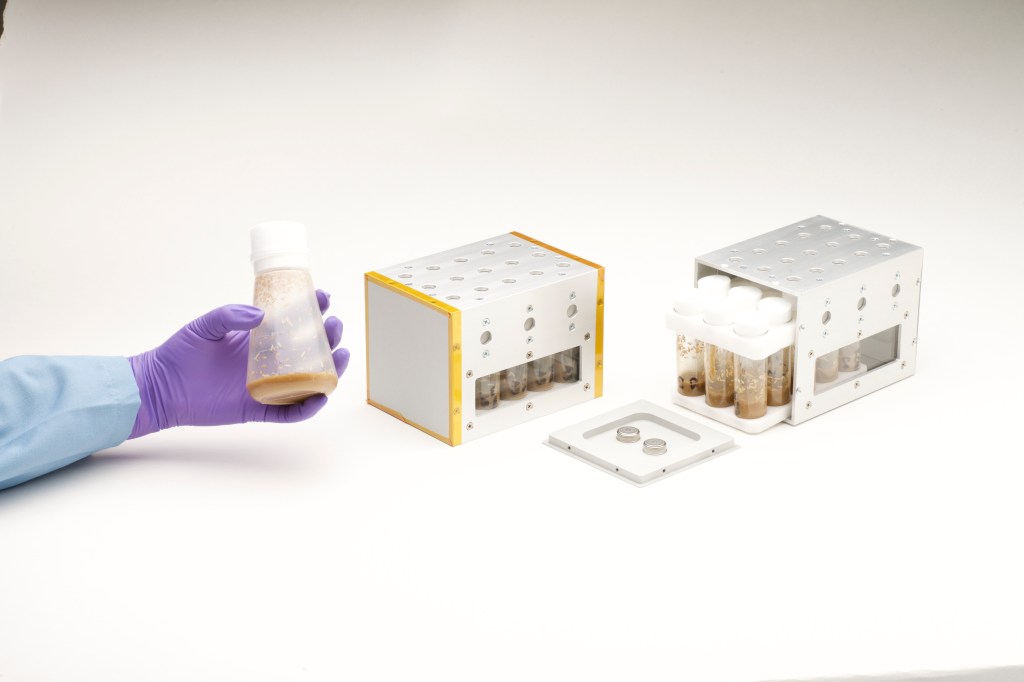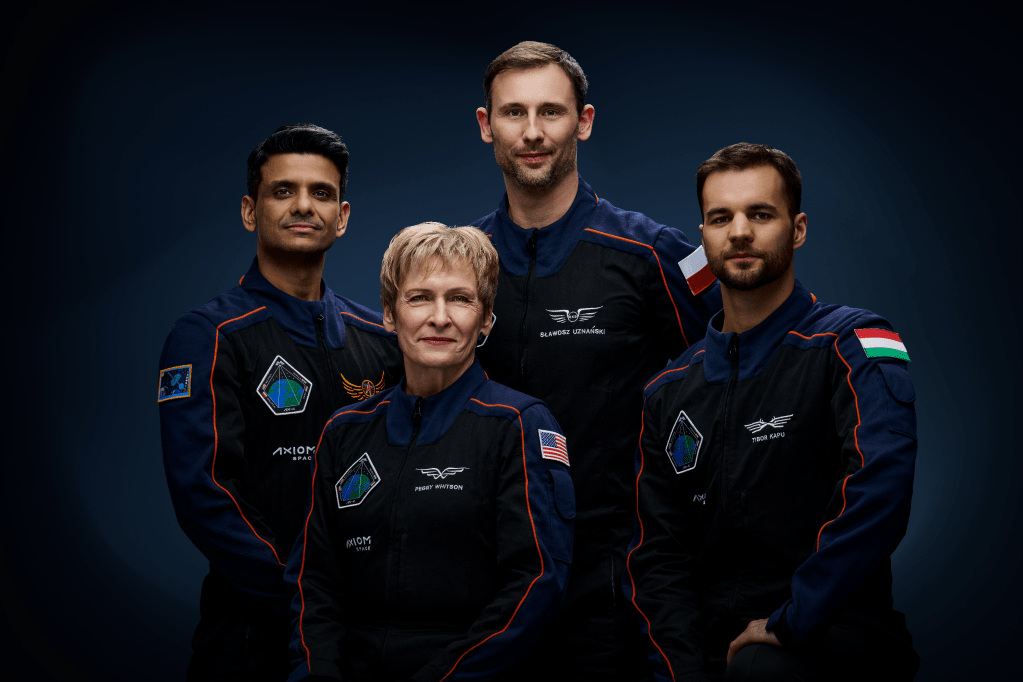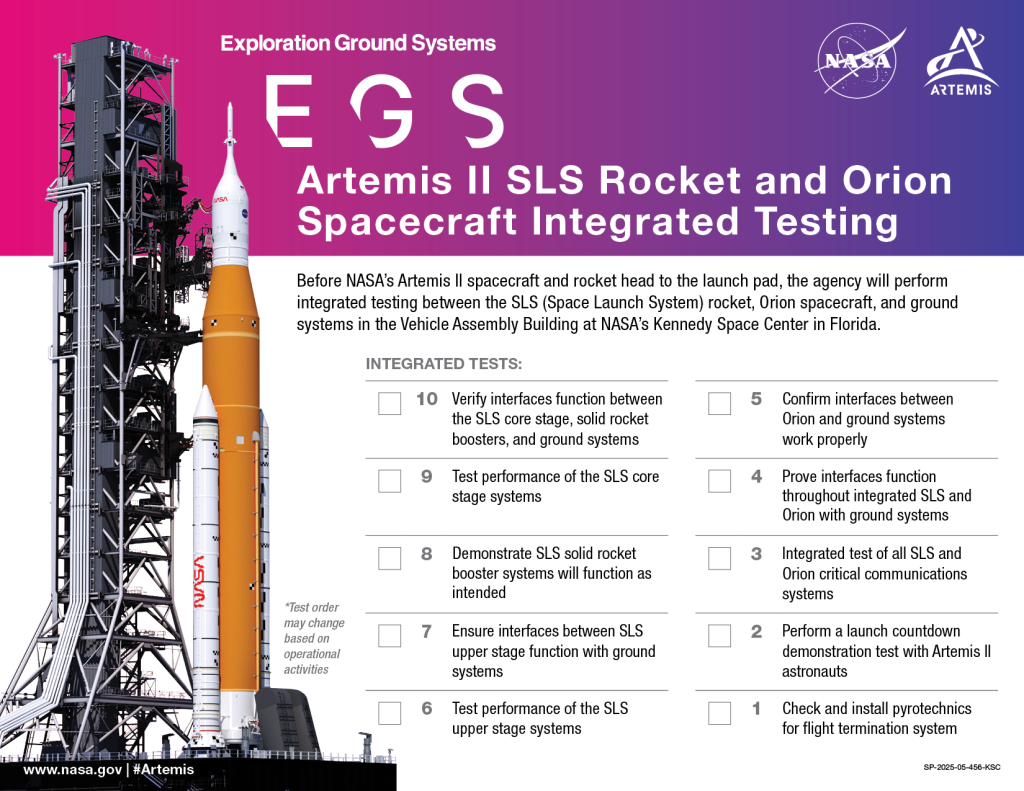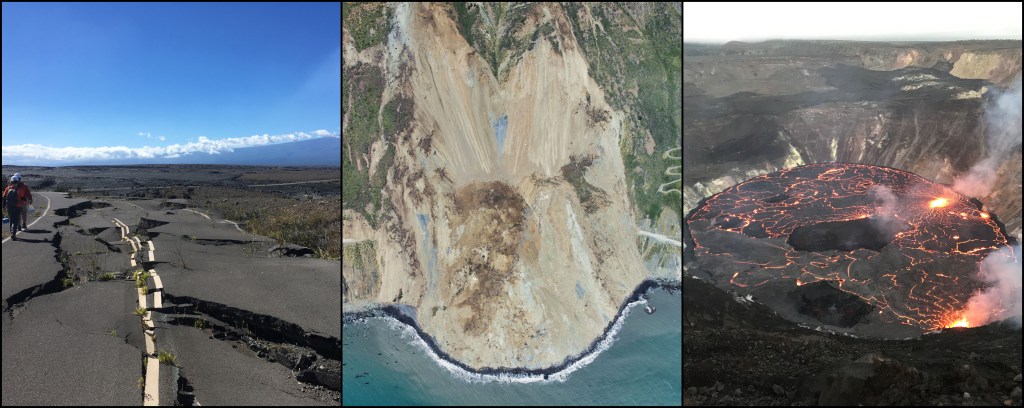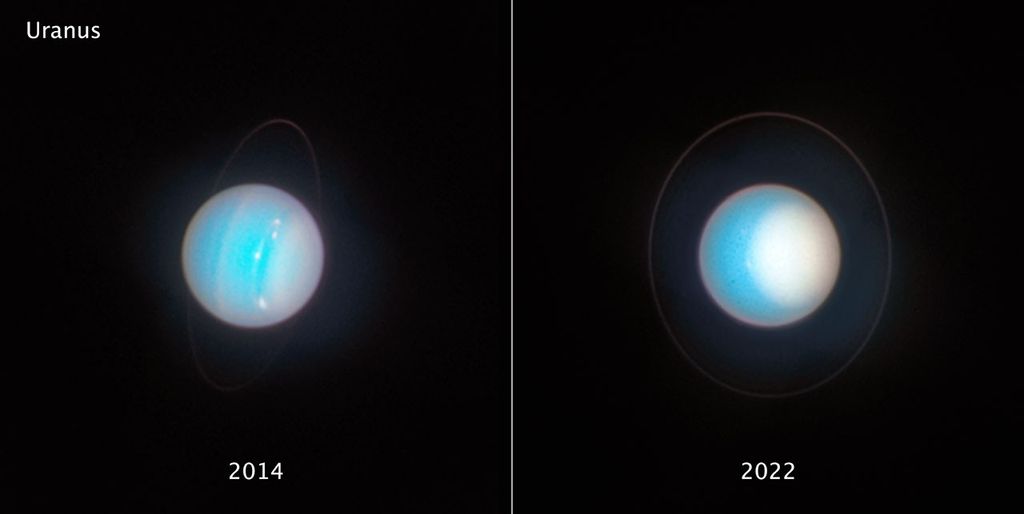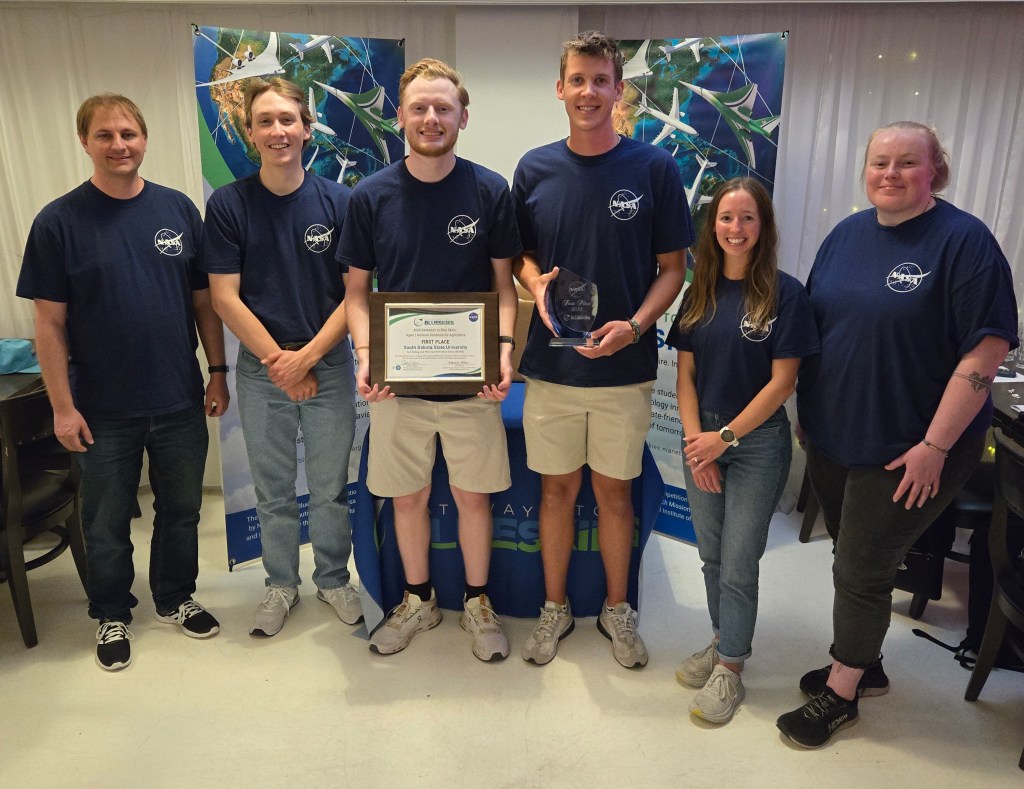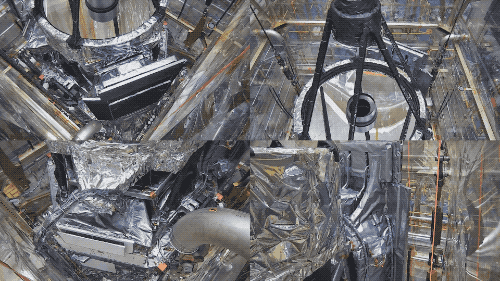Mission: New Horizons
Launch Vehicle: Lockheed Martin Atlas V 551 (AV-010)
Launch Pad: Complex 41, Cape Canaveral Air Force Station, Fla.
Launch Date: Jan. 11, 2006
Launch Window: 2:11 – 4:07 p.m. EST
The Atlas V was successfully tested yesterday during a launch pad “Wet Dress Rehearsal.” The rehearsal was a countdown test with the launch vehicle fully loaded with propellants, including RP-1 fuel, liquid oxygen and liquid hydrogen. The fifth and last solid rocket booster was mated to the Atlas V on Nov. 29.
At the Payload Hazardous Servicing Facility, Spacecraft Autonomy Testing to ensure New Horizon’s ability to function without commands from Earth was successfully completed.
The Boeing third stage, the upper stage booster for the spacecraft’s escape from low-Earth orbit, was delivered to the Payload Hazardous Servicing Facility on Dec. 1 as scheduled. The spacecraft will be mated to the third stage on Friday.
Hydrazine fuel for attitude control and course-correction maneuvers was loaded into the spacecraft on Sunday. The “wet” spin-balance test with fuel aboard is scheduled for today and tomorrow. Encapsulation of the spacecraft into the Atlas V fairing is scheduled on Dec. 12, followed by transportation to Complex 41 on Dec. 16.
Mission: Cloud-Aerosol Lidar and Infrared Pathfinder Satellite Observations and CloudSat
Launch Vehicle: Boeing Delta 7420 with Dual Payload Attach Fitting
Launch Pad: Space Launch Complex 2, Vandenberg Air Force Base, Calif.
Launch Date: No Earlier Than February 2006
Launch Window: TBD
The satellites are installed in the Dual Payload Attach Fitting at the Astrotech payload processing facilities on north Vandenberg. They will remain there, before preparation for transportation to Complex 2, until a new launch date is determined. Further Delta II preparations at NASA’s Space Launch Complex 2 are on hold until the payloads arrive at the pad for installation atop the second stage.
Mission: Space Technology 5 (ST5)
Launch Vehicle: Orbital Sciences Pegasus XL
Launch Date: Feb. 28, 2006
Launch Window: 8:57:21 to 10:19:21 a.m. EST
The spacecraft, arrived at Vandenberg Monday to begin processing at NASA Hangar 836. The craft consists of three miniaturized, autonomous micro-satellites. They will be installed in a stacked configuration within the fairing of the Pegasus and launched into a 2,800-mile-high polar orbit.
After deployment, the micro-satellites will be positioned in a “string of pearls” constellation. The mission will demonstrate the ability to position spacecraft to perform simultaneous multi-point magnetic field measurements using highly sensitive magnetometers. With the data, scientists can begin to understand and map the intensity and direction of the Earth’s magnetic field, its relation to space weather events and the effects on our planet.
The project is an instrumental part of the New Millennium Program to identify, develop, build and test innovative technologies and concepts that can be used in future missions.
Previous status reports are available on the Web at:
https://www.nasa.gov/centers/kennedy/launchingrockets/status/2005
For information about NASA and agency programs on the Web, visit:
– end –
text-only version of this release
NASA press releases and other information are available automatically by sending a blank e-mail message to hqnews-subscribe@mediaservices.nasa.gov. To unsubscribe from this mailing list, send a blank e-mail message to hqnews-unsubscribe@mediaservices.nasa.gov.
Back to NASA Newsroom | Back to NASA Homepage
Katherine Trinidad
Headquarters, Washington
(Phone: (202) 358-3749)
George Diller
Kennedy Space Center, Fla.
(Phone: (321) 867-2468)







